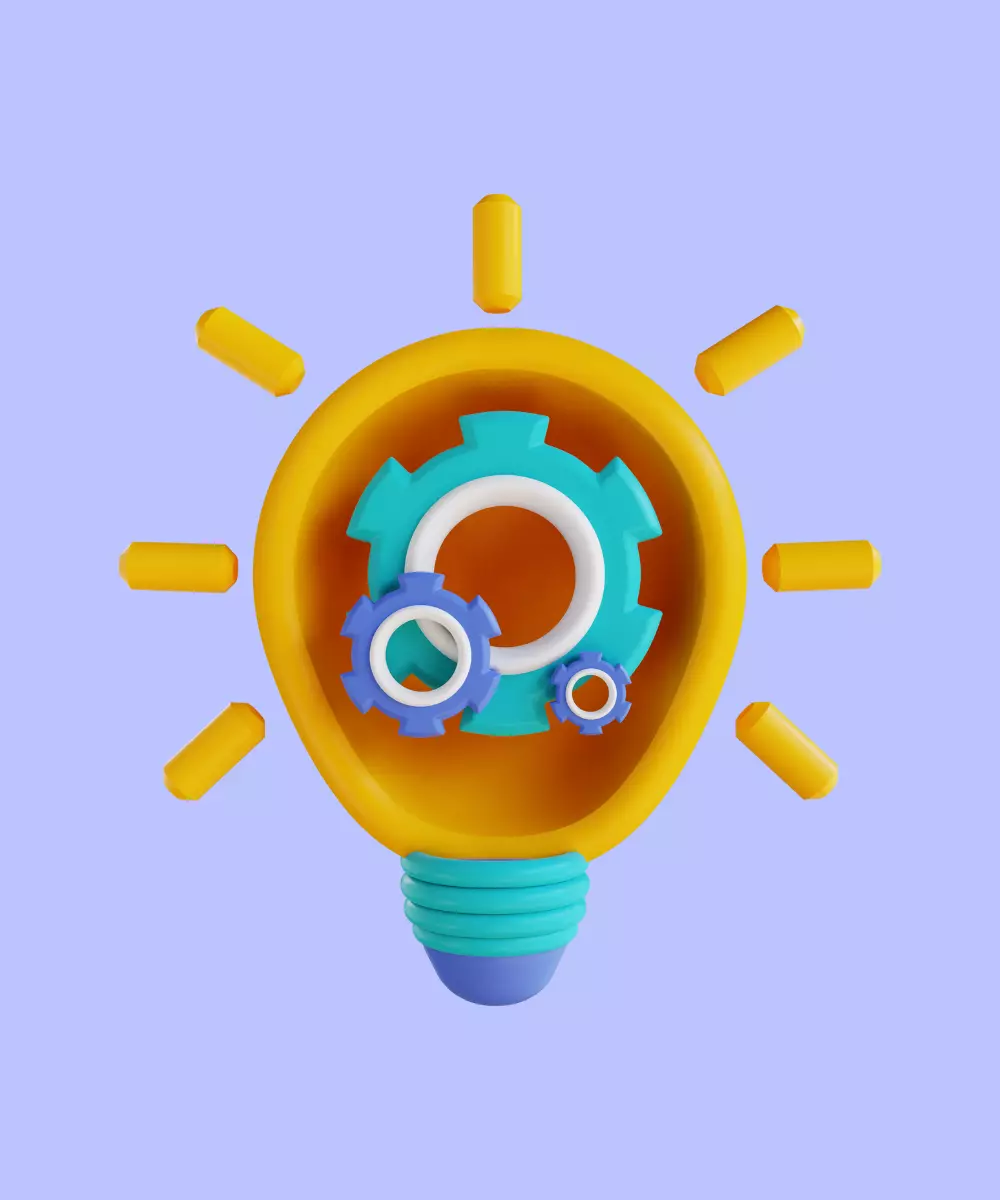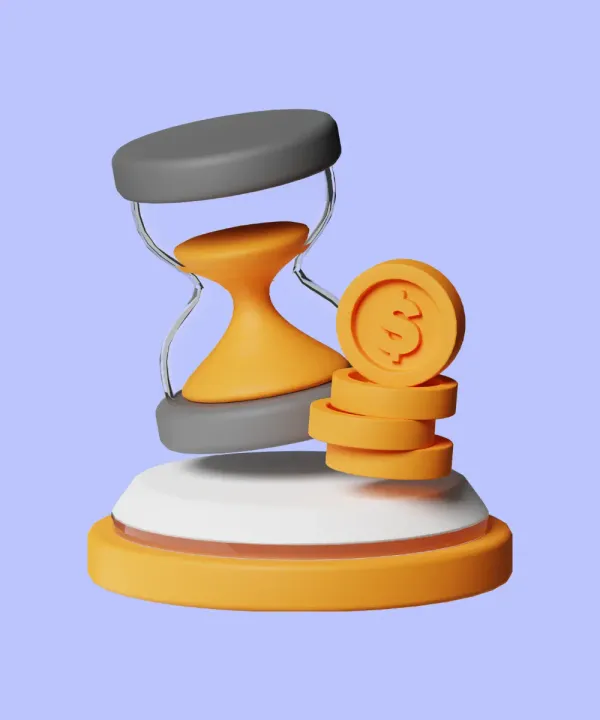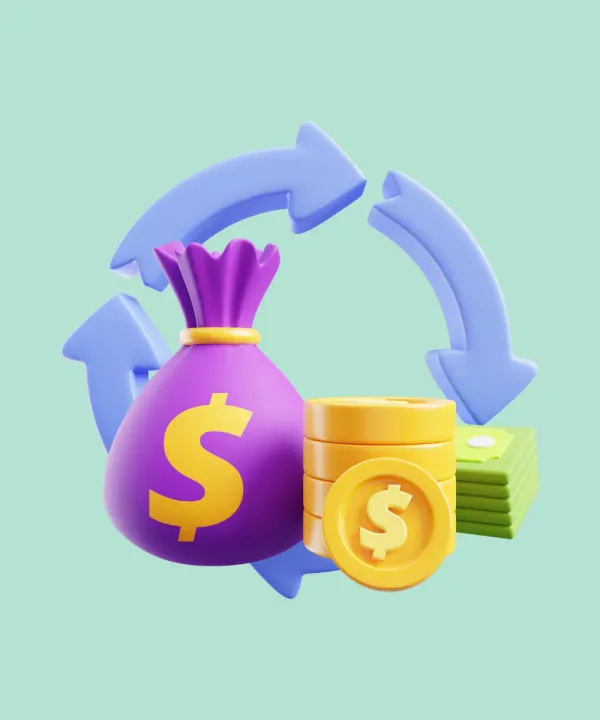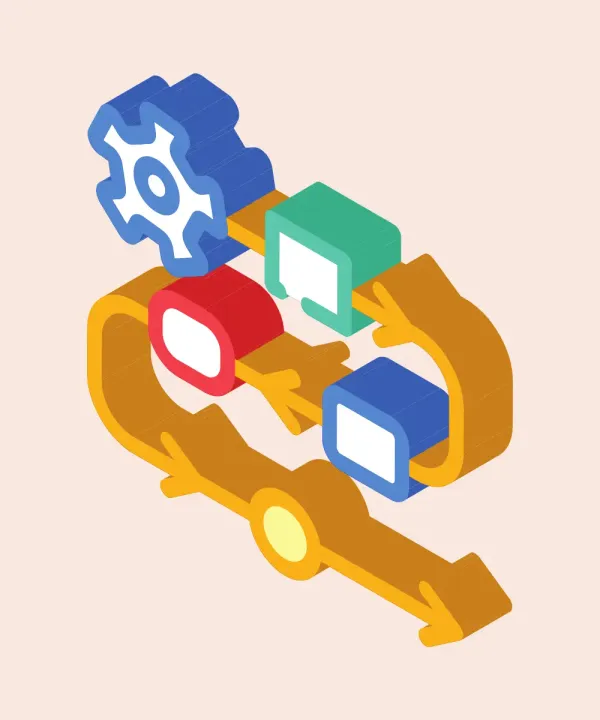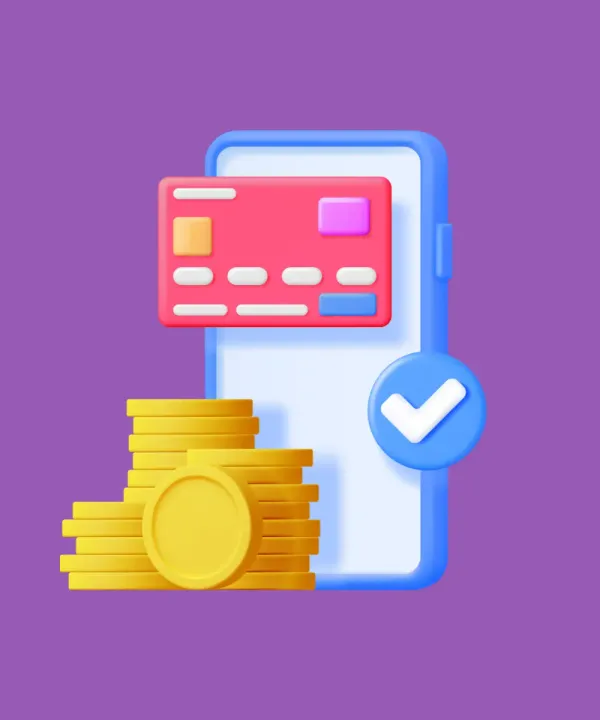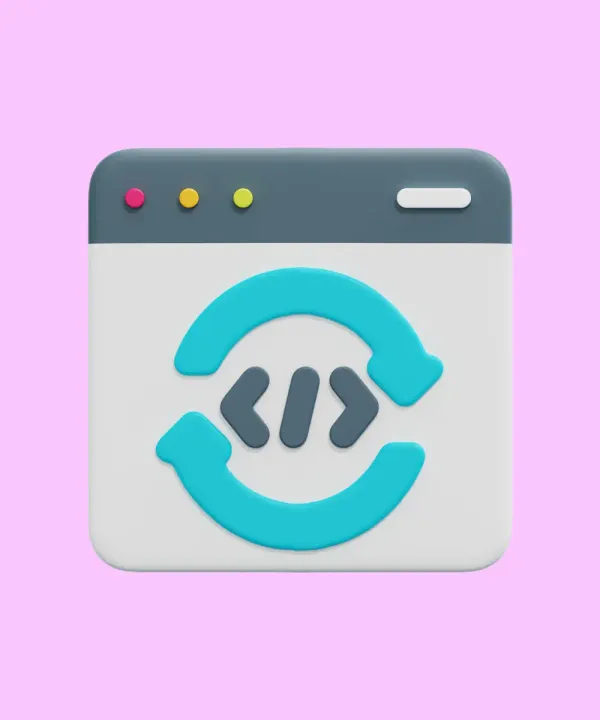In product development, two key concepts often emerge: MVP and Prototype. While commonly mentioned, understanding their distinct roles is essential. But first, let's briefly set the stage with an overview of product development.
Introduction
Product development is a structured journey, starting from ideation and moving through design, prototyping, development, and testing. Early stages, like prototyping and MVP creation, are crucial as they form the foundation for later development efforts.
The importance of early testing and validation cannot be overstated. They offer a chance to refine ideas, ensuring the final product not only functions but truly resonates with its audience. By gauging user needs and feedback early on, developers can shape products that are both effective and market-ready.
In this piece, we'll explore the nuanced roles of prototypes and MVPs, shedding light on their unique contributions to the product development process.
Prototype: General Overview
What is a prototype?
A prototype is a preliminary visual and/or functional representation of a product. It allows teams to explore, showcase, and test an idea or concept before diving into full-scale development. More than just a model or a sketch, a prototype encapsulates the essence of a product, granting insights into its design, user experience, and potential functionality.
Purpose of prototyping
Prototyping isn't just a step in product development; it's a strategy to refine the journey from ideation to launch. Here's why prototyping is vital:
- Validation: Prototypes help validate design concepts and user flows, ensuring the final product aligns with user needs and expectations.
- Feedback collection: Providing a tangible or interactive medium, prototypes allow stakeholders and potential users to engage, thereby facilitating immediate feedback.
- Risk reduction: By spotlighting and rectifying issues early on, prototypes can save substantial time and resources in the subsequent phases, circumventing expensive errors during the development stage.
- Stakeholder engagement: Offering a tangible representation, prototypes can kindle interest and elicit more concrete feedback from stakeholders, ensuring better collaboration and buy-in.
Types of prototypes
The art and science of prototyping are not monolithic. Depending on the goals and the development phase, different kinds of prototypes can come into play:
| Type of Prototype | Description |
|---|---|
| Low-fidelity Prototypes | Basic versions emphasizing layout and design without deep functionality. Common forms include hand-drawn sketches, storyboards, or basic wireframes. Ideal for early-stage brainstorming. |
| High-fidelity Prototypes | Detailed and interactive, simulating the final product's look and feel. Perfect for in-depth user testing, capturing intricate aspects like animations and interactions. Created using tools like Figma, Adobe XD, and Sketch. |
| Digital vs. Physical Prototypes | Digital prototypes are for software products and applications, while physical prototypes offer tangible models for hardware or tangible product design. |
| Functional Prototypes | Focus on functionality beyond just aesthetics. Allow stakeholders to interact with and assess the product's core features. |
| Rapid Prototyping | An iterative approach, focusing on rapid feedback collection and subsequent iteration. Emphasizes speed over depth. |
MVP: General Overview
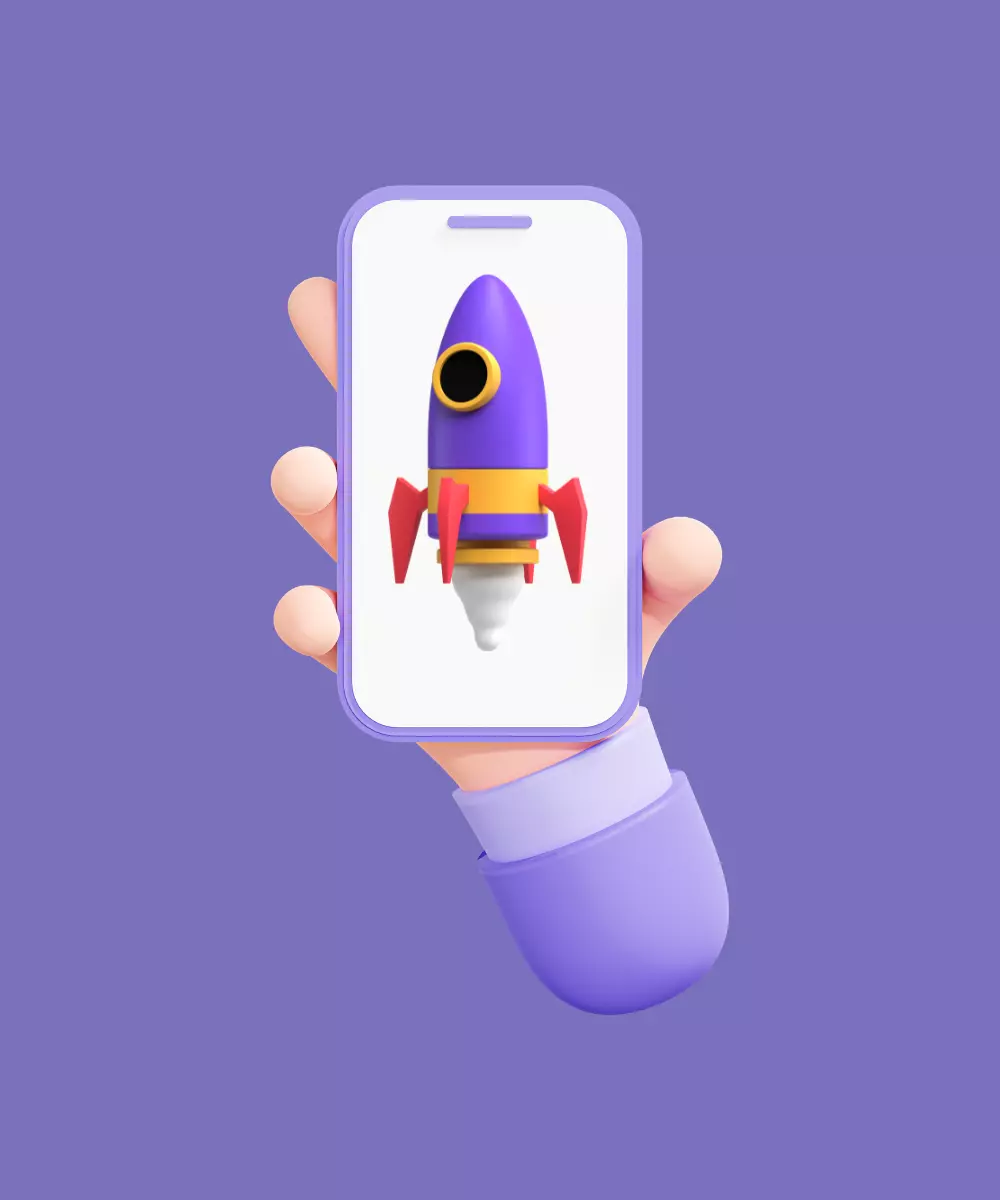
What is an MVP?
MVP stands for "Minimum Viable Product." Essentially, an MVP is a version of a new product developed with just enough features to be usable by early adopters. Its primary aim is to validate the product's core assumptions, gather feedback, and understand how the target audience interacts with it.
While an MVP offers immediate value, it is deliberately constructed with the minimal feature set needed to make it functional. This approach allows developers to launch the product to market swiftly and then iterate based on real-world feedback.
Purpose of an MVP
The MVP is not just a product in itself but a strategic approach to product development. Here's why it's integral:
- Test the market: Before investing extensive resources into a full-blown product, MVPs allow businesses to measure market interest and verify whether the product concept has genuine traction.
- Reduce wastage: With a condensed set of features, MVPs conserve resources. If the concept doesn't gain traction, minimal resources are expended. If it does, more substantial investments are made with greater confidence.
- Iterative development: MVPs promote a cycle of releasing, collecting feedback, refining, and releasing again. This iterative method ensures the product aligns more closely with market needs over time.
- Quick time-to-market: In a competitive domain, speed is vital. MVPs enable businesses to present their product to the market faster than conventional development methods might allow.
- Stakeholder and investor engagement: By presenting a tangible version of a concept, MVPs can serve as a potent tool for securing further investments or acquiring stakeholder buy-in.
Differences from a full-featured product
An MVP isn't a rudimentary version of the final product. It's a concentrated version that underscores the product's primary value proposition. Here's how they differ:
| Aspect | MVP | Full-Featured Product |
|---|---|---|
| Feature set | Only the most vital features that encapsulate core functionalities. | A broad range of features addressing various user needs. |
| Purpose | Primarily for validation and learning. | Designed to satisfy a broad spectrum of the target audience's needs and preferences. |
| Development time | Quicker rollout due to its limited scope. | Prolonged development to integrate all planned functionalities. |
| Feedback cycle | Heavy reliance on user feedback to guide subsequent development. | While feedback is valued, the product may have a more defined and less flexible roadmap. |
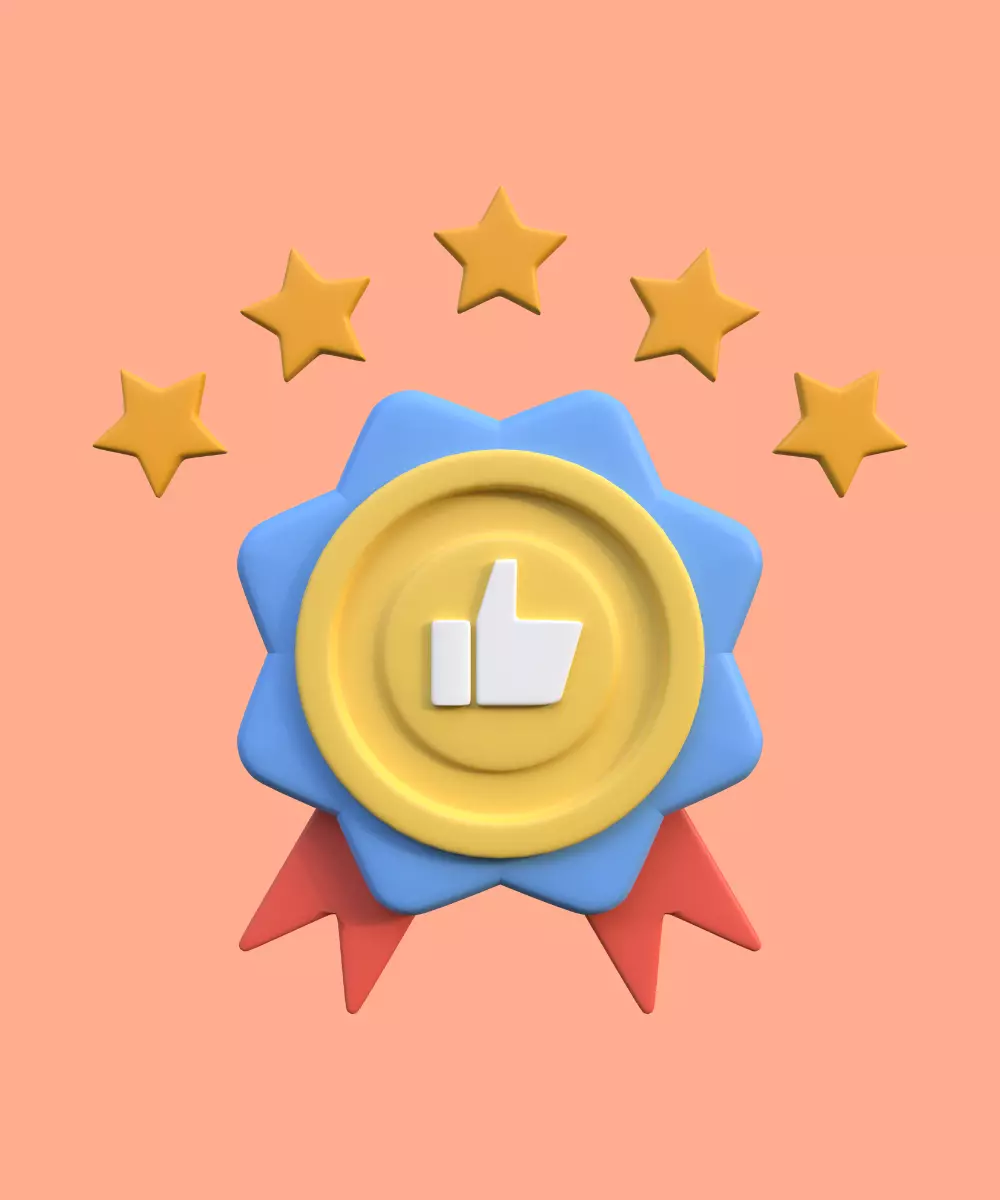
MVP vs Prototype: Key Differences
When navigating the product development landscape, understanding the fundamental distinctions between an MVP and a prototype is pivotal. Though both tools serve to validate ideas and inform further product development, they have distinct characteristics and purposes. Here's a breakdown:
Scope and complexity
- MVP: A functional product with the minimum required features to make it viable for its intended audience. It's a simplified version of the final product, aimed at early adopters.
- Prototype: A representation or simulation of the final product, often lacking in complete functionality. It’s more about visualizing and testing a concept rather than providing a usable solution.
Purpose and objective
- MVP: Primarily designed to test the viability of a product in the real market. It helps gather feedback from actual users, and its success or failure can directly influence the product's future.
- Prototype: Crafted to visualize how the end product will function. It's a tool for internal testing, enabling stakeholders to understand the product's design and functionality before development starts.
Iterative process
- MVP: Involves a continuous loop of building, measuring, and learning. It's launched to the public, feedback is gathered, and improvements are made in subsequent versions.
- Prototype: Usually goes through multiple iterations before the actual development begins. Each iteration helps in refining the design and functionality based on internal feedback.
Lifespan
- MVP: Intended to evolve over time, based on user feedback and market demands. It can eventually grow into a full-fledged product.
- Prototype: Typically short-lived, serving its purpose once the design is validated or feedback is integrated. Post-validation, the prototype might be discarded, and the actual development starts.
User engagement
- MVP: Directly targets real users. The feedback from these users plays a significant role in shaping the product's future.
- Prototype: Primarily used for internal purposes, such as stakeholder demonstrations or usability testing, without involving real end-users.
MVP vs Prototype: Pros and Cons
Choosing between an MVP and a prototype largely depends on your business goals, product complexity, and available resources. To make a more informed decision, it's essential to weigh the advantages and disadvantages of each approach.
MVP: Pros
- Real market insights: Since MVPs are launched for actual users, they offer genuine feedback and insights about market demands and potential challenges.
- Cost-efficient: By focusing on core features, MVPs avoid unnecessary expenses on features that may not be essential or might need alteration later.
- Risk mitigation: MVPs allow businesses to validate their ideas in the real world before committing significant resources, reducing potential risks.
- Adaptability: MVPs support an iterative approach to development. The feedback-driven model ensures that changes can be made efficiently in response to user demands.
- Investor appeal: Demonstrating a functional product with real user traction can be a compelling pitch for potential investors.
MVP: Cons
- Perception risk: If not executed well, an MVP might be seen as an incomplete or subpar product, potentially harming the brand's reputation.
- Over-simplification: There's a risk of oversimplifying the product to the extent that it loses its appeal or doesn't sufficiently represent the final vision.
- Resource allocation: While MVPs are cost-effective, they still require a commitment of time and resources which could be significant if the MVP needs substantial changes post-launch.
Prototype: Pros
- Visualization: Prototypes provide a tangible or visual representation of the final product, aiding in understanding and refining the product's design and functionality.
- Flexibility: With no immediate pressure of market performance, prototypes can be easily modified, allowing for more creative exploration.
- Stakeholder engagement: A visual prototype can be instrumental in securing stakeholder buy-in or even early-stage funding.
- Early issue detection: Prototyping can help identify usability issues or design flaws before the development phase, saving time and resources.
- Cost-effective testing: Testing a prototype is generally cheaper than making changes to a developed product.
Prototype: Cons
- Not fully functional: Prototypes often lack complete functionality, which might not provide a comprehensive view of the end product's user experience.
- Potential misdirection: If stakeholders or testers are not the target audience, the feedback might not align with real market demands.
- Time consumption: Extensive prototyping can delay the actual product development, potentially leading to missed market opportunities.
- Over-reliance: Teams might become too attached to the prototype, resisting necessary changes when actual development challenges arise.
MVP vs Prototype: When to Use
The decision to opt for an MVP or a prototype often hinges on the specific goals you're pursuing, the stage of your product development, and the resources at your disposal. To guide this decision, let's delve into the scenarios most suited for each approach:
| MVP | Prototype | |
|---|---|---|
| Use Cases |
|
|
MVP vs Prototype: Real-world Examples
To grasp the conceptual differences between MVPs and prototypes further, real-world examples can be enlightening. Here are instances from the tech industry that showcase these two approaches in action.
MVP examples:
Dropbox
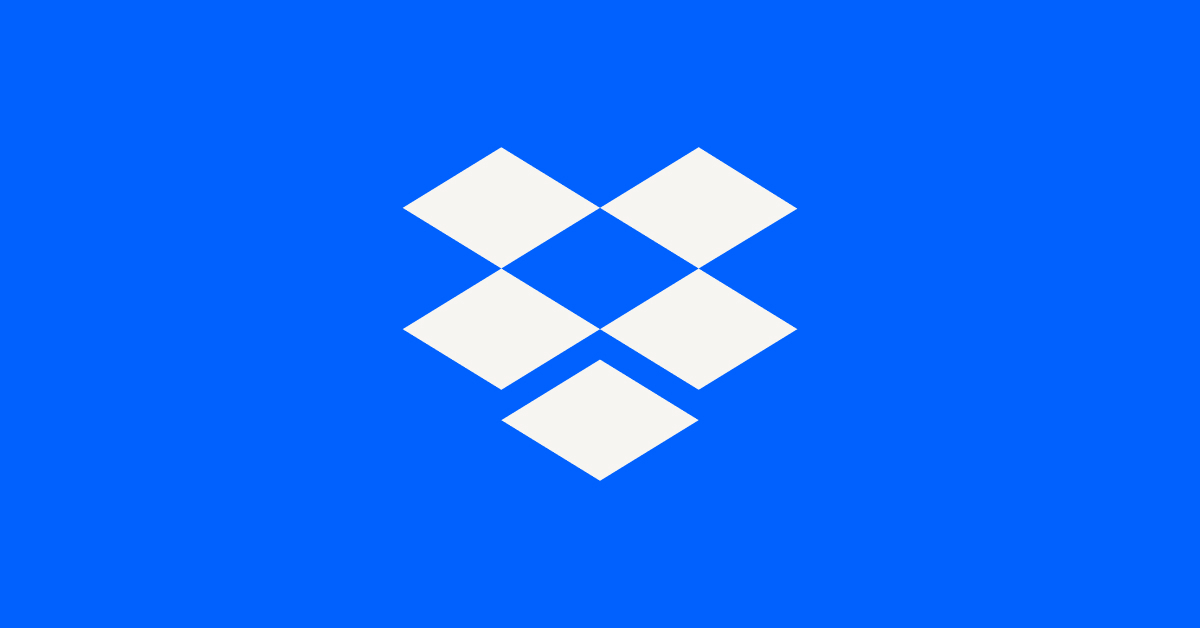
- Challenge: Convincing users to adopt a new method of storing files online when most were accustomed to traditional storage.
- MVP solution: Instead of building a fully-featured product, Dropbox released a simple explainer video demonstrating its core functionality. This video attracted a massive waitlist of potential users, confirming market demand.
Airbnb
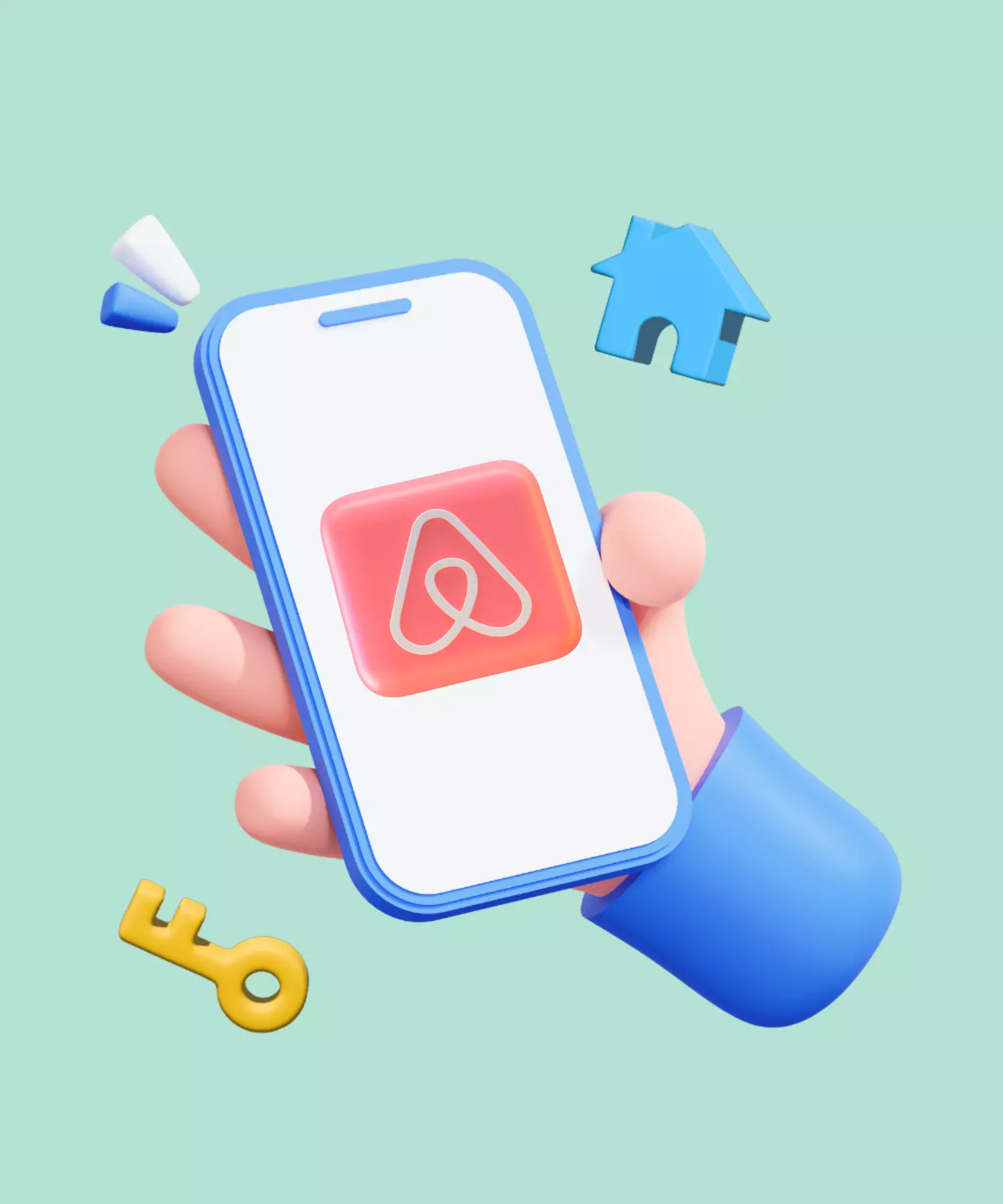
- Challenge: Validating a novel idea—letting travelers rent spaces in people's homes.
- MVP solution: The founders started by renting out their apartment and created a basic website showcasing available listings. This MVP approach validated the demand and provided the foundation for what Airbnb is today.
Zappos

- Challenge: Testing the hypothesis that people would buy shoes online without trying them on.
- MVP solution: The founder began by posting pictures of shoes from local stores on a website. When orders came in, he'd buy the shoes and ship them out. This lean method proved the concept's viability without massive inventory investments.
Prototype examples:
Apple's iPhone

- Challenge: Designing a revolutionary device that combined an iPod, a phone, and an Internet communication device.
- Prototype solution: Apple created multiple prototypes of the iPhone, experimenting with different designs, interfaces, and functionalities. This iterative prototyping process refined the product vision and helped shape the iPhone's iconic design.
Snapchat

- Challenge: Introducing a new concept in social media where messages disappear after being viewed.
- Prototype Solution: Snapchat began as a classroom project called "Picaboo," a prototype app allowing users to send disappearing photos. This prototype allowed the founders to test usability and gather initial feedback, leading to Snapchat's evolution.
Nintendo Wii

- Challenge: Reimagining gaming with a focus on movement and physical interaction rather than graphics or processing power.
- Prototype solution: Nintendo developed various prototypes, testing different motion sensors and interaction styles. These prototypes were essential in refining the Wii's unique motion-sensing controllers and gameplay approach.
Transitioning from Prototype to MVP
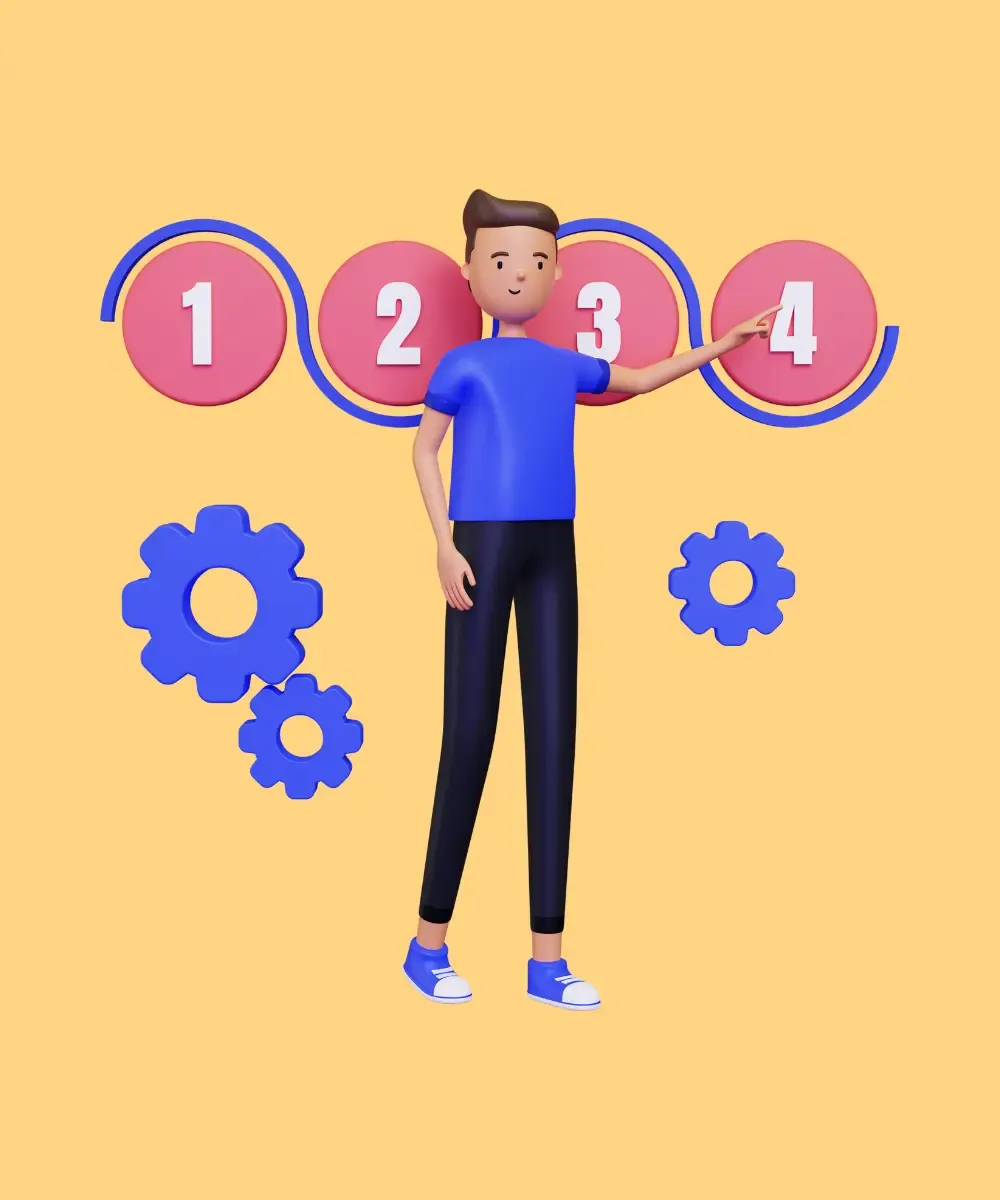
Moving from a prototype to an MVP is a transformative journey in the product development cycle. It signifies progressing from the ideation and visualization phase to a stage where the product starts to interact with the real market. Here's a closer look at this transition:
Steps and considerations
- Review and analysis: After your prototype testing, gather all the feedback. Understand what worked and what didn't. This review phase is crucial as it sets the tone for your MVP development.
- Feature prioritization: Not all features from your prototype will make it to the MVP. List down all potential features and prioritize them based on importance, user demand, and feasibility. Tools like the MoSCoW method can help categorize these features.
- Cost and resource evaluation: Transitioning to MVP might require additional resources, be it in terms of development manpower, tools, or finances. Assess what you'll need and ensure you have the means to secure them.
- Timeline setting: Establish a clear timeline for the MVP development. Factor in time for unforeseen delays or iterations based on ongoing feedback.
- Engage stakeholders: Keep all stakeholders informed and engaged. Regular updates ensure alignment in vision and can also open avenues for additional support or resources.
Work with feedback
- Iterative incorporation: Rather than making wholesale changes based on prototype feedback, consider iterative adjustments. This way, the MVP remains flexible and adaptable.
- Avoid over-complication: It's tempting to incorporate every piece of feedback, but doing so can lead to a bloated MVP. Stay true to the MVP's essence—offering the minimum viable product that showcases your core value proposition.
- Feedback hierarchy: Not all feedback is equal. Some might come from power users or those in your target demographic. Weigh feedback based on its source and relevance to your overarching product goals.
Iterative development and adaptability
- Stay agile: Adopt an agile development approach for your MVP. This ensures that you can rapidly adjust based on real-time feedback, market shifts, or internal learnings.
- Build-measure-learn: Embrace the Build-Measure-Learn loop. Once your MVP is out, monitor its performance, gather insights, learn from them, and then iterate for improvements.
- Openness to change: The transition from prototype to MVP will bring new challenges and insights. Maintaining a mindset open to change ensures that you can pivot or refine your direction as needed, ensuring the product stays relevant and impactful.
Conclusion
The journey of turning an idea into a fully-functional and market-ready product is intricate, laden with decisions that can shape its success. Understanding the nuanced differences and strategic implications of MVPs and prototypes is vital. While prototypes offer a tangible visualization of a concept, MVPs provide the platform to test, learn, and grow in the real market. Both serve unique yet complementary roles in this expedition.
Choosing between a prototype and an MVP, or understanding when to transition from one to the other, isn't a mere procedural decision. It's a strategic one, deeply intertwined with business goals, market realities, and user needs.
For startups and businesses poised at the cusp of innovation, this knowledge isn't just power—it's the fuel for informed decision-making, ensuring that every step taken aligns with the overarching vision.
At What the Flutter, we specialize in transforming ideas into realities. Whether you're at the prototyping phase, ready to develop an MVP, or scaling to a full-fledged product, our team of experts is here to guide and collaborate with you every step of the way. Dive into the world of mobile app development with a partner who understands your vision and shares your passion. Reach out to us and let's turn your dream into the next big thing!1ю


